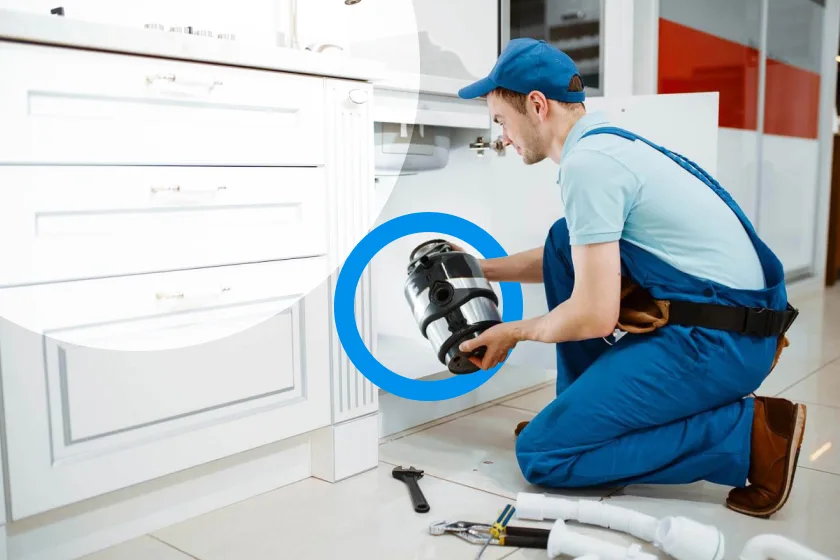
Ever had your garbage disposal give up mid-dinner prep? Yeah, it’s definitely not the kitchen crisis you want. The garbage disposal is one of those appliances you never think about until it stops working. And when they do, figuring out the cost to replace garbage disposal can feel a bit overwhelming.
It might not be something you have budgeted for, but it’s something most homeowners eventually face.
Whether it’s worn-out blades, motor failure, or just years of heavy use, garbage disposals don’t last forever. And when they quit, it’s usually without warning.
So what should you expect to pay? The total expenses vary depending on the unit, labor, and even your plumbing setup.
In this blog, we’ll help you get a clear picture of what is involved in replacing your disposal, from signs it’s time for a new one to how much it takes to replace it. You’ll also find tips on saving money, comparing repair vs. replacement, and deciding if a DIY job is worth the hassle.
Let’s help you make a confident and cost-effective decision for your kitchen.
Homeowners usually spend $550 on average, with most jobs falling somewhere between $150 and $950, depending on the unit and your kitchen’s setup.
Hiring a plumber adds to that number. You can expect to pay $80 to $200 for a standard installation, especially if you are switching to a similar unit.
Beyond that, there are a few extra costs that can catch you by surprise. If your kitchen doesn’t already have a grounded outlet for the new unit, a licensed electrician may charge $120 to $165 to install one. Removing and disposing of the old unit could take another $50 to $100.
Now that we know the typical price range, let’s take a closer look at what actually drives those numbers up or keeps them down.
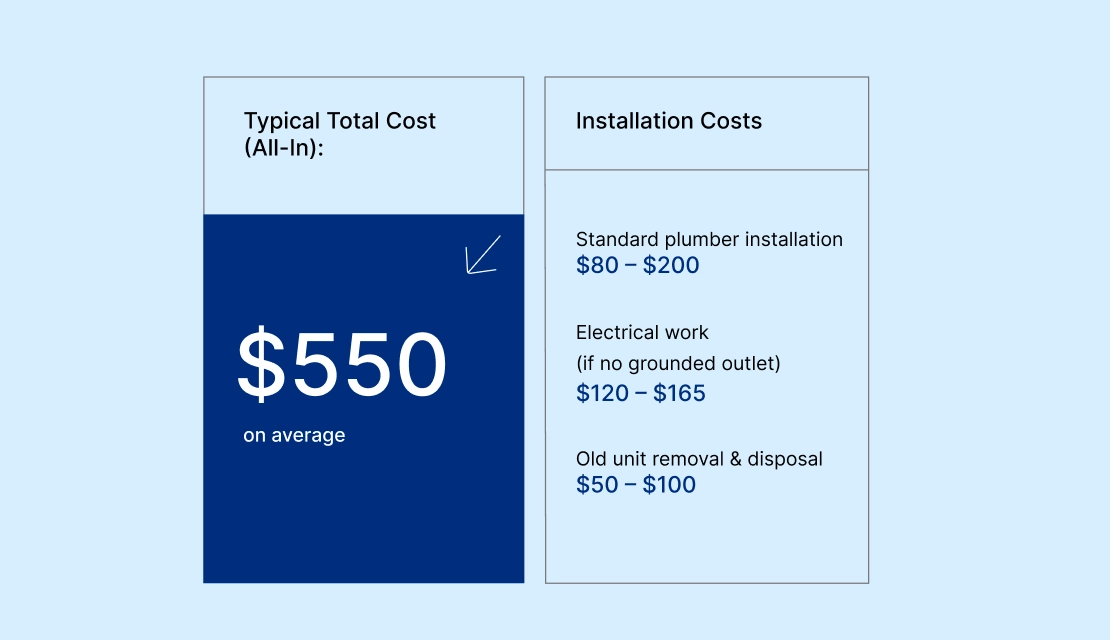
From the model you pick to the plumbing work involved, a lot of small details shape the total price tag for replacing the waste disposal unit. It is not just about swapping one unit for another; installation complexity, electrical work, and even your zip code can all impact what you’ll pay.
Here is a breakdown of the key elements that play a role in your final cost.
The horsepower (HP) of your garbage disposal’s motor plays a big role in its price and in how well it handles your daily kitchen cleanup. Smaller motors, like 1/3 or 1/2 HP, are budget-friendly and perfect for individuals or couples who don’t put a ton of food waste down the drain. These models usually run between $50 and $225.
But if you have a bigger household (say, five or more people) or you cook often with tough scraps, like veggie peels or small bones, you’ll need more power. A 3/4 to 1 HP unit is usually a better fit, and those can cost anywhere from $200 to $400. As motor strength increases, so does the cost, but it also means fewer clogs and smoother operation in a busy kitchen.
Installing a new waste disposal is usually a quick job; most technicians can have it leveled, hooked up, secured, and tested in about an hour. Labor rates typically run $50–$100 per hour, and that sticker influences the bulk of your installation bill.
While most professionals include the removal of your old unit at no extra charge, challenging conditions can drive costs up. If the disposal is corroded, wedged tight, or tucked behind tricky plumbing, expect additional time, and therefore extra labor fees, for prying it free.
Those harder-to-reach replacements can add another $50–$100 in charges, so the condition and location of your old unit matter more than you might think.
Choosing between continuous-feed and batch-feed disposal can have a big impact on your budget. Continuous-feed models are those where you simply drop waste in and let it grind without stopping. These typically cost between $75 and $1,000, thanks to their versatile design.
Batch-feed units, which only run when a cover is in place for added safety (great for families with kids), generally fall in the $75 to $300 range. That extra convenience and safety of continuous-feed systems is what often drives their higher price.
The material your disposal is made from plays a big role in its price tag. Aluminum models are the budget-friendly choice, running around $75 to $300, but they can corrode faster and may spring leaks after several years.
If you want something built to last, stainless steel garbage disposals cost more (typically $400 to $1,100) but resist rust and damage far better. They are the go-to for busy kitchens or light commercial use. This makes the higher upfront cost worth it over time.
Want a model or brand with better warranty coverage? Expect to pay more. These small add-ons can easily bump your total cost higher than expected. Beyond motor size and installation, a few extra details like brand, warranty terms, and electrical work can add to your final bill.
Not all garbage disposers are built the same. Entry-level models are more wallet-friendly but may wear out sooner or jam more often. Upgrading to a premium brand adds durability, quieter operation, and better grind performance at a higher upfront cost.
When you are figuring out how much cost to replace garbage disposal, don’t overlook the manufacturer’s warranty terms. Some offer just a year of protection, while others extend coverage up to a decade. Installer-backed warranties add value, but make sure you read the fine print so you know which parts and labor are covered.
Your new disposal’s power requirements can drive up prices. Basic units plug into existing 120-volt outlets, but many kitchens need a dedicated 15-amp circuit with GFCI/AFCI protection. Hiring a licensed electrician to run new wiring or install safety breakers typically adds to the bill.
A hiccup here or there is normal, but when your disposal starts misbehaving constantly, it’s time to take notice and replace your garbage disposal. Watch out for these indicators to prevent unexpected failures:
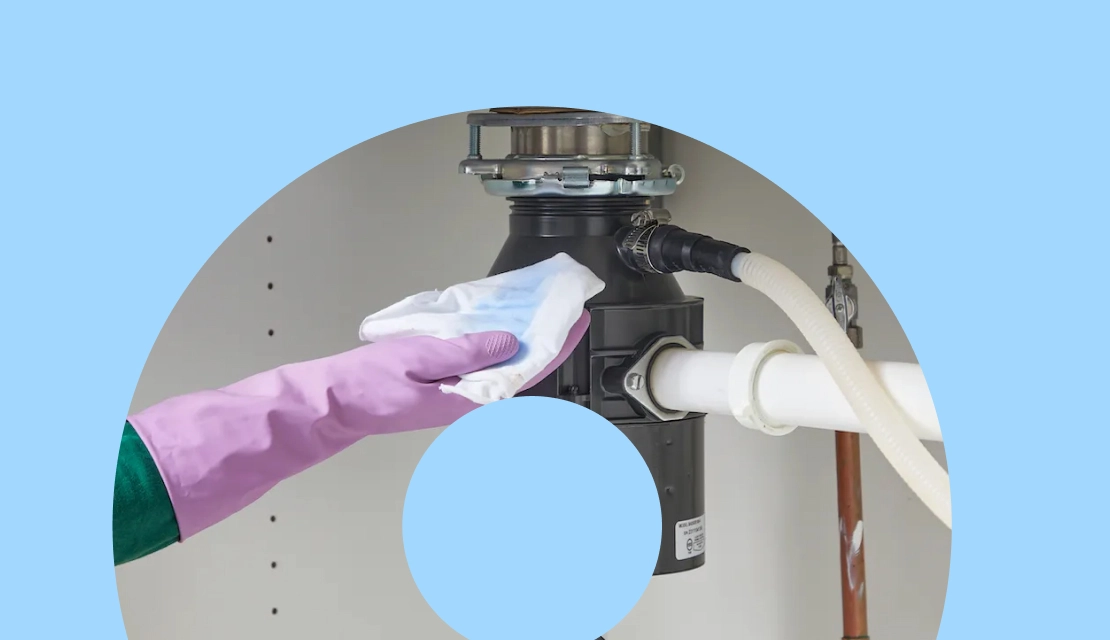
When weighing repair versus replacement, start by checking your disposal’s age. Most units run reliably for about five to ten years, while stainless steel models can stretch to 15 years. If yours is approaching that window, investing in a fresh unit often saves you from repeated service calls down the line.
On the other hand, a newer disposal with a simple issue, like a stubborn jam or a motor that won’t start, can usually be fixed for a fraction of the price of a new model. Replacement parts and labor for minor repairs often cost less than buying and installing a brand-new unit. Have your technician assess the issue to decide which route makes the most financial sense for your kitchen.
If you are comfortable under the sink and have the right tools, replacing your existing garbage disposal yourself can save $100–$400. The basic steps are manageable: remove the old unit, secure the new one, reconnect plumbing and electrical, and then test. However, mistakes in any of these steps can lead to leaks or safety issues.
Hiring a professional means you sidestep those risks. A licensed plumber will install everything correctly, handle any unexpected hurdles, and ensure your setup meets building codes. Though you pay for their time, you avoid potential repair bills and the hassle of troubleshooting.
Benefits of Hiring a Pro for the Job:
Here are some savvy ways to trim the cost to replace garbage disposal without cutting corners:
These steps add up to real savings and a smoother installation experience.
Disclaimer: The information in this article is intended to provide guidance on the proper maintenance and care of systems and appliances in the home. Not all the topics mentioned are covered by our home warranty plans. Please review your home warranty contract carefully to understand your coverage.
Our blogs and articles may link to third-party sites that offer products, services, coaches, consultants, and/or experts. Any such link is provided for reference only and not intended as an endorsement or statement that the information provided by the other party is accurate. We are not compensated for any products or services purchased from these third-party links.

Don’t wait until it’s too late! Check out our current plans and get your free quote.
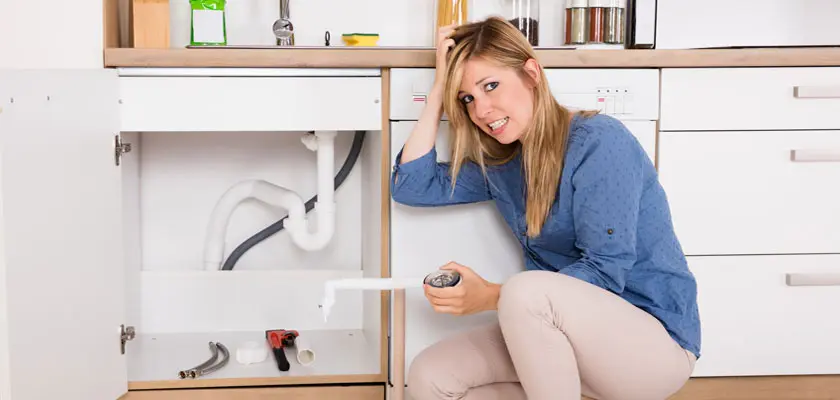
Household Tips
Don’t worry, a clogged drain isn’t a reason to use your home warranty unless you notice these troubling signs. We’ll walk you through how to clear a clogged drain in..
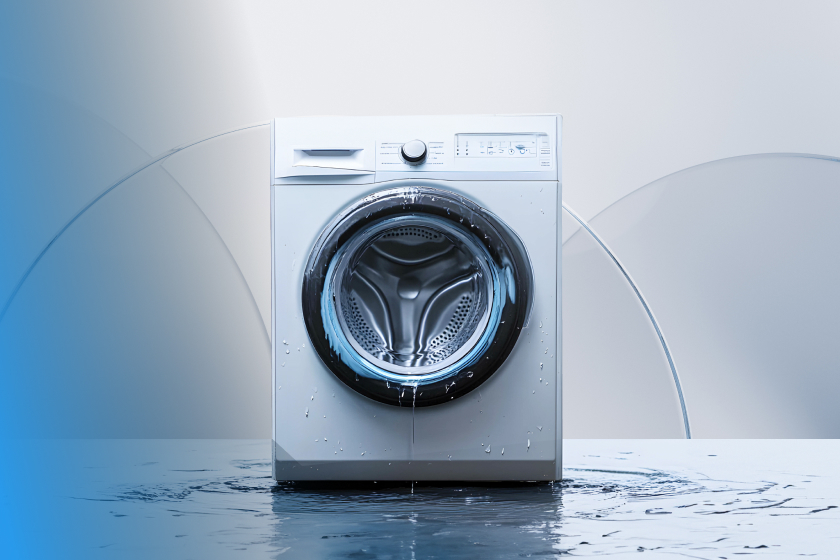
Household Tips
Is your washing machine leaking from bottom and causing water to pool in your laundry room? A leaking washer isn’t just an inconvenience; it’s a potential threat to your home’s..
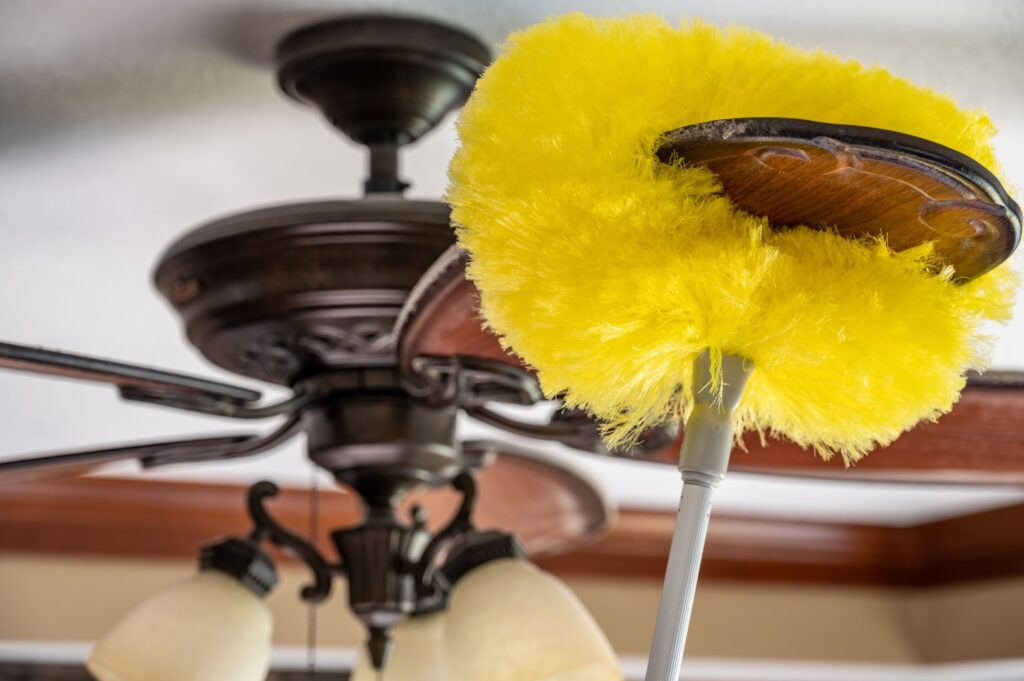
Household Tips
Overhead fans are a staple fixture in most homes and a great way to keep your home’s temperature regulated. Of course, a clean and well-maintained ceiling fan works wonders for..